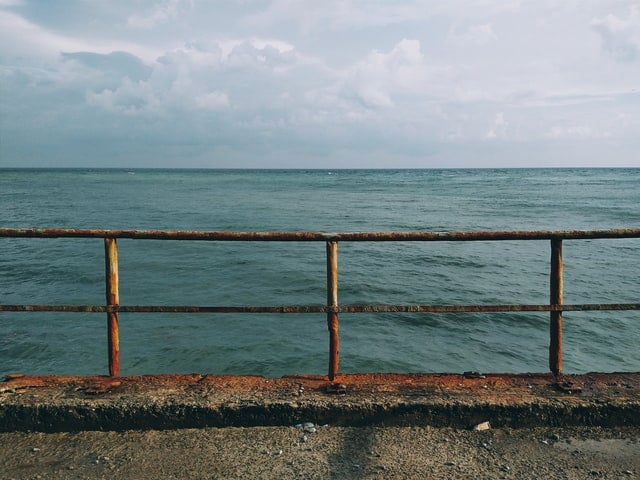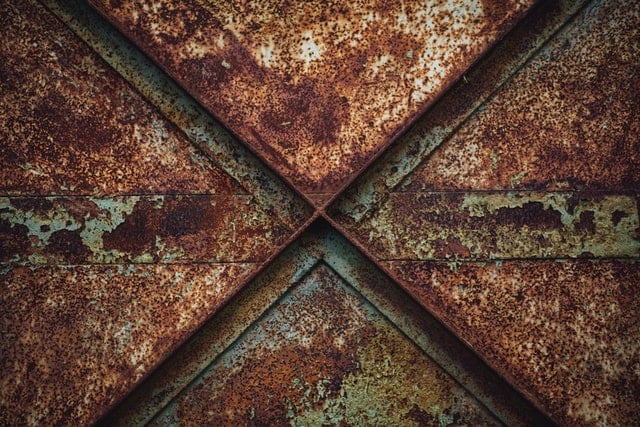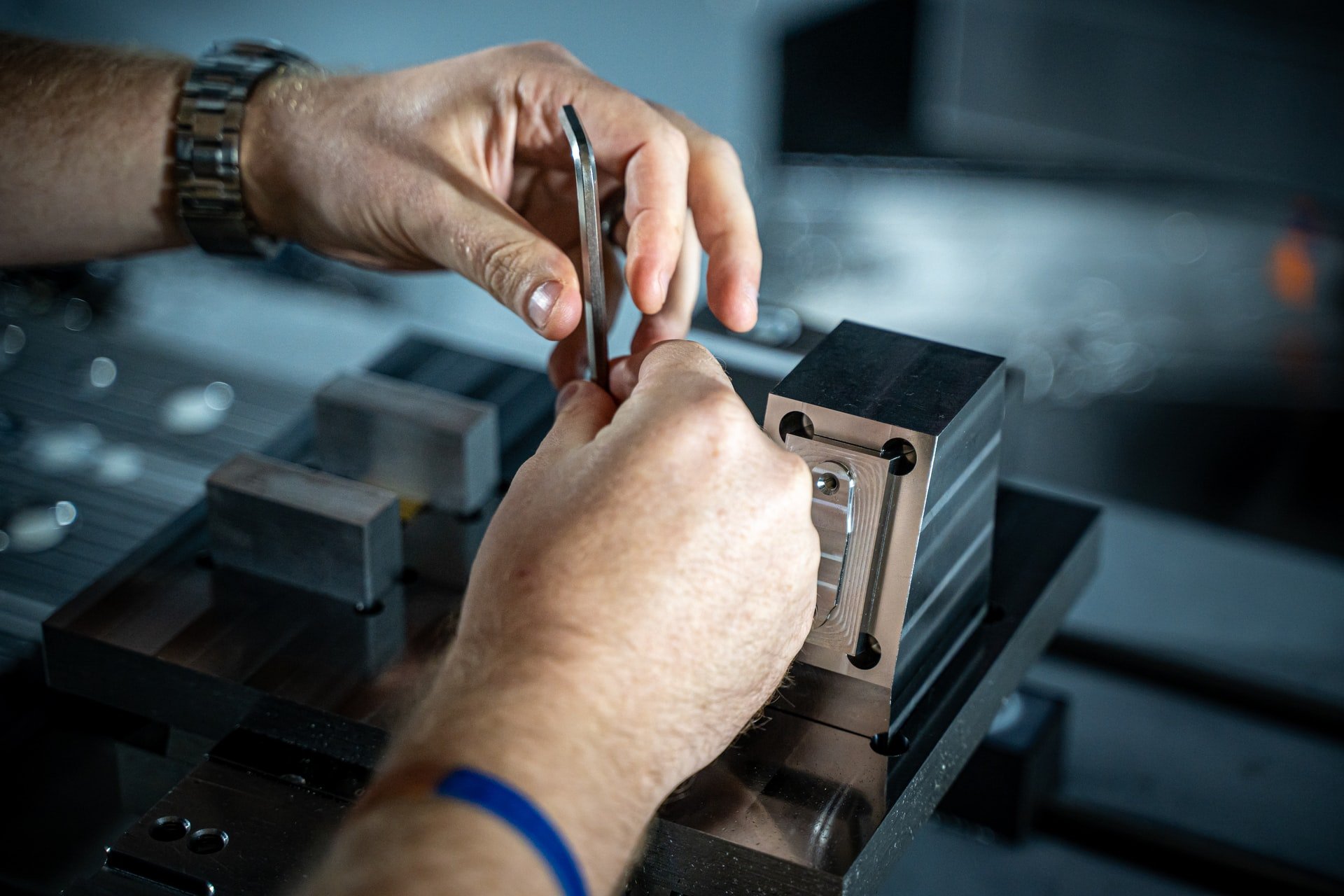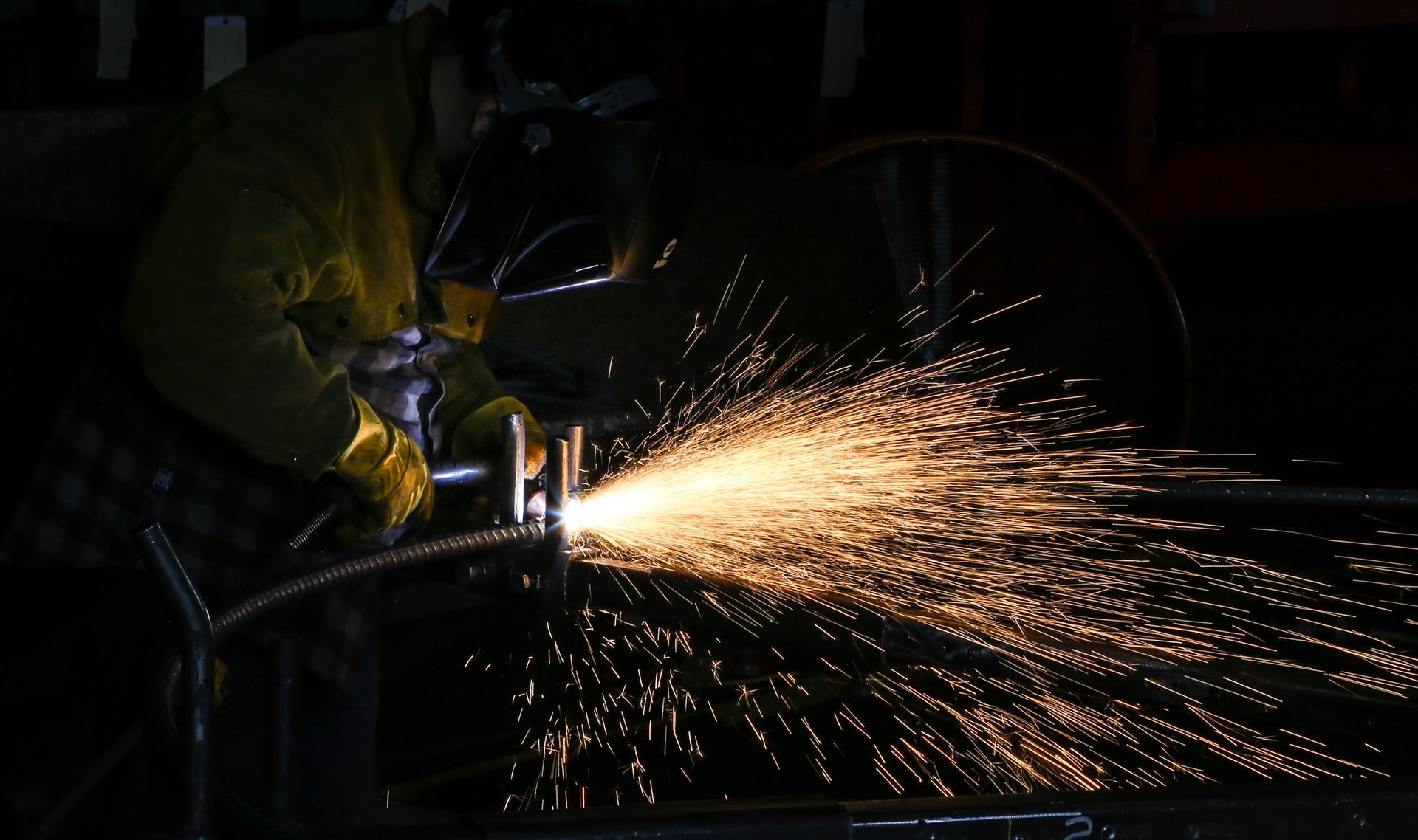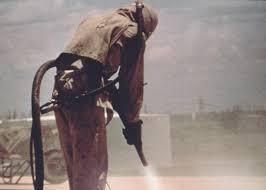 For those with little background knowledge, the term ‘sandblasting’ would seem deceptively simple to understand. In fact, it is not uncommon to find sandblasting used as an inclusive term covering a whole range of procedures used to clean, shape or otherwise prepare surfaces, which involve the use of several different abrasive particles propelled via highly compressed air. However, in terms of understanding the dangers involved and the implications of UK blast cleaning legislation, it’s important to establish the definition of sandblasting.
For those with little background knowledge, the term ‘sandblasting’ would seem deceptively simple to understand. In fact, it is not uncommon to find sandblasting used as an inclusive term covering a whole range of procedures used to clean, shape or otherwise prepare surfaces, which involve the use of several different abrasive particles propelled via highly compressed air. However, in terms of understanding the dangers involved and the implications of UK blast cleaning legislation, it’s important to establish the definition of sandblasting.
What Is Sandblasting?
Precisely defined, sandblasting is the industrial operation of forcefully propelling a high-velocity stream of abrasive silica sand under extreme high pressure. Directed against a rough surface, it will have a significant uniform ‘smoothing’ effect – though it’s important to realise that sandblasting can also create a uniformly pitted surface when used on smooth areas, and thus can also be used for creating textured surfaces. The force with which blasted material strikes any surface to be worked means the technique can also be used for the cleaning and preparation of materials.
Silica sand itself is also precisely defined: Silica sand is any particle that contains more than 1% free silica.
The Health Risks Of Silica Sand
Sandblasting was first banned in the UK as far back as 1949 on health grounds, although the definition of what constituted sand remained vague for a further 50 years. Sandblasting operations create an ultra-fine dust which can contain dangerous amounts of RCS (respirable crystalline silica). It is difficult to avoid breathing in volumes of this dust which has been linked to serious long-term health problems for both operators and unsuspecting consumers.
Inhaling RCS dust exposes people to serious forms of lung disease, including silicosis and COPD (chronic obstructive pulmonary disease). Furthermore, it is also thought that breathing this dust is also a risk factor for lung cancer.
Current Legal Status Of Sandblasting
In 1999, the Control of Substances Hazardous to Health (COSHH) (reg. 4) expressly prohibited the use of ‘silica sand’ for blasting purposes, where the silica concentration exceeds 1%. This ban has been put in place to safeguard both the quality of the environment and also the health of individuals who may otherwise be exposed to such risks.
Some concerns have been expressed that the 1% RCS limit is not a scientifically verified safe limit. However, the HSE (Health and Safety Executive) are confident that almost all silica concentrations below this limit would still breach the HSE dust ‘workplace exposure limit’ of 4 mg/m3 long before coming even close to the arbitrary 1% RCS threshold. So in practical terms, compliance with the dust limit really does means a total ban on silica sand.
Safe And Legal Alternatives To Sandblasting
Though sandblasting has been consigned to history, there are still other types of equally effective blast cleaning methods available which don’t use silica sand particles. With the process now rebranded as grit blasting or abrasive blasting, ‘sandblasting’ techniques now feature safer substitute abrasives. These include materials such as steel grit, garnet, aluminium oxide, glass beads, copper slag and specular haematite.
To find out more about blast cleaning and how we use it for surface preparation, cleaning and equipment restoration, please call 01945 464 637 today.






